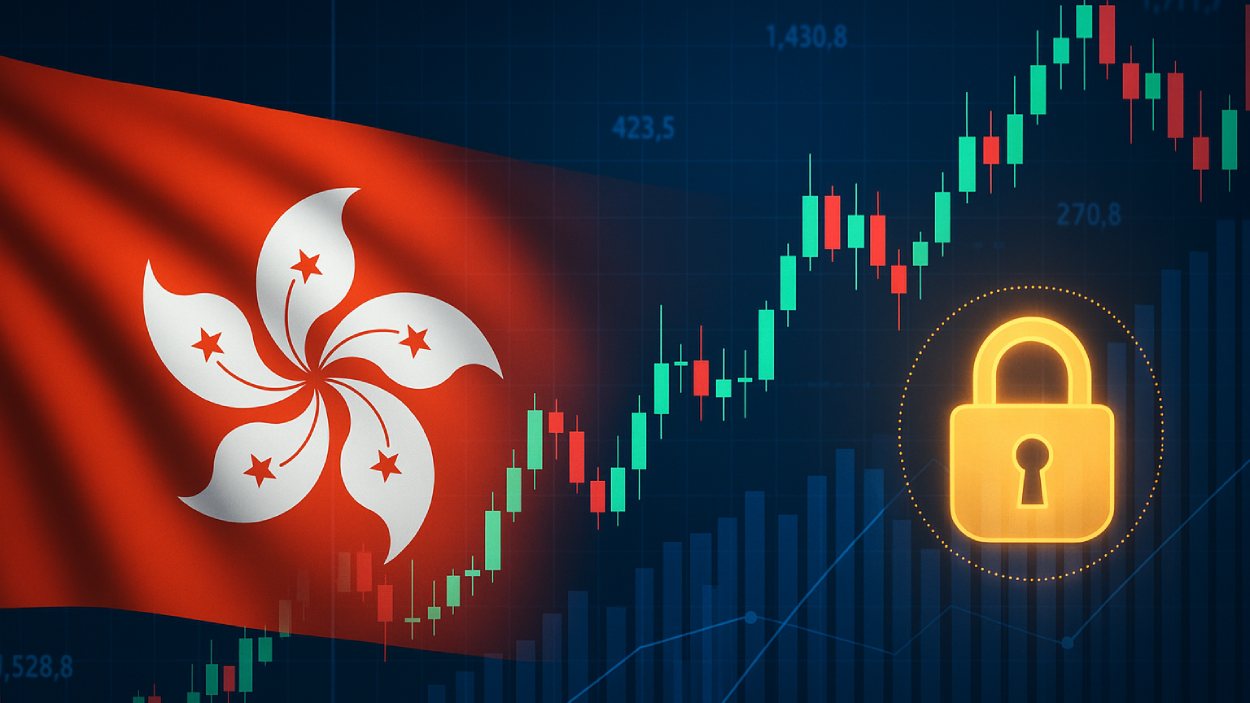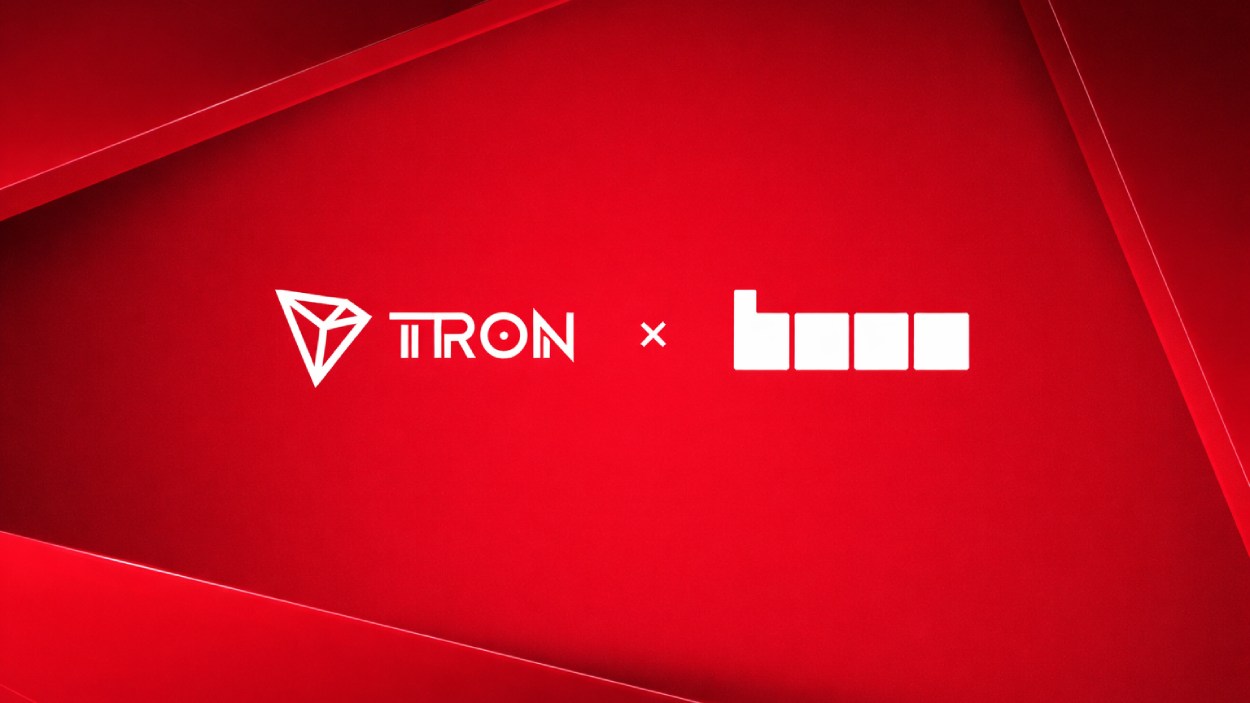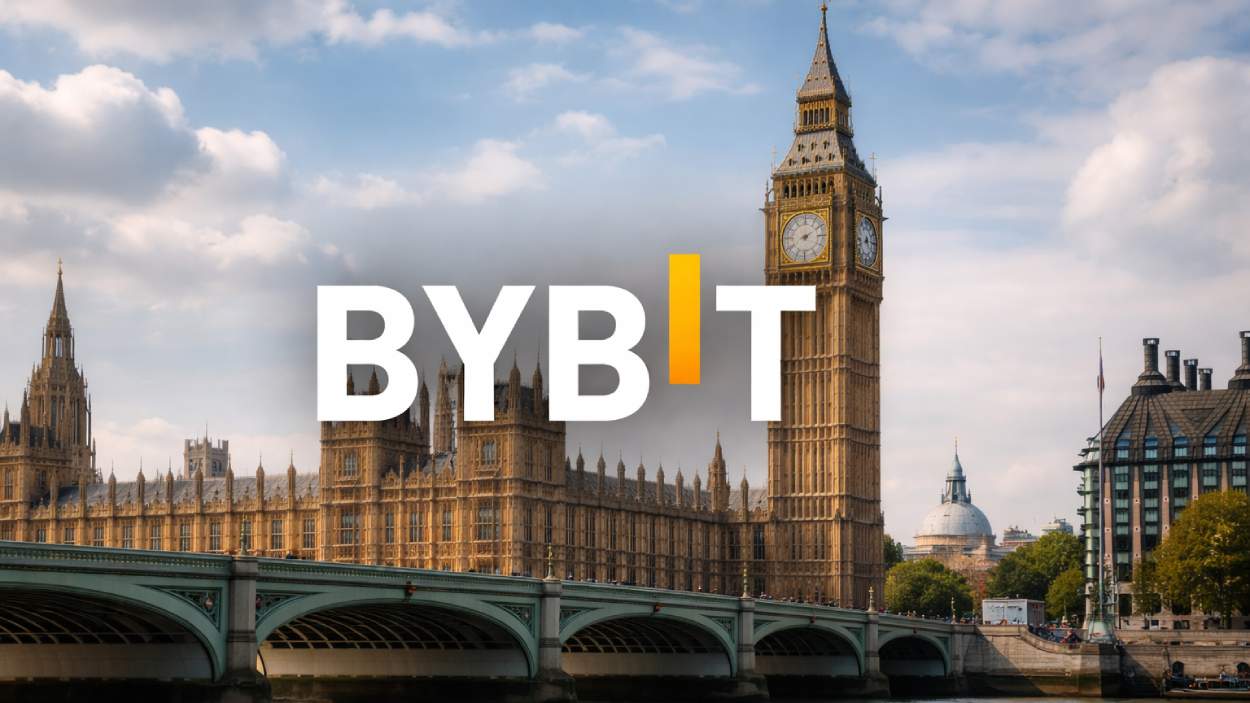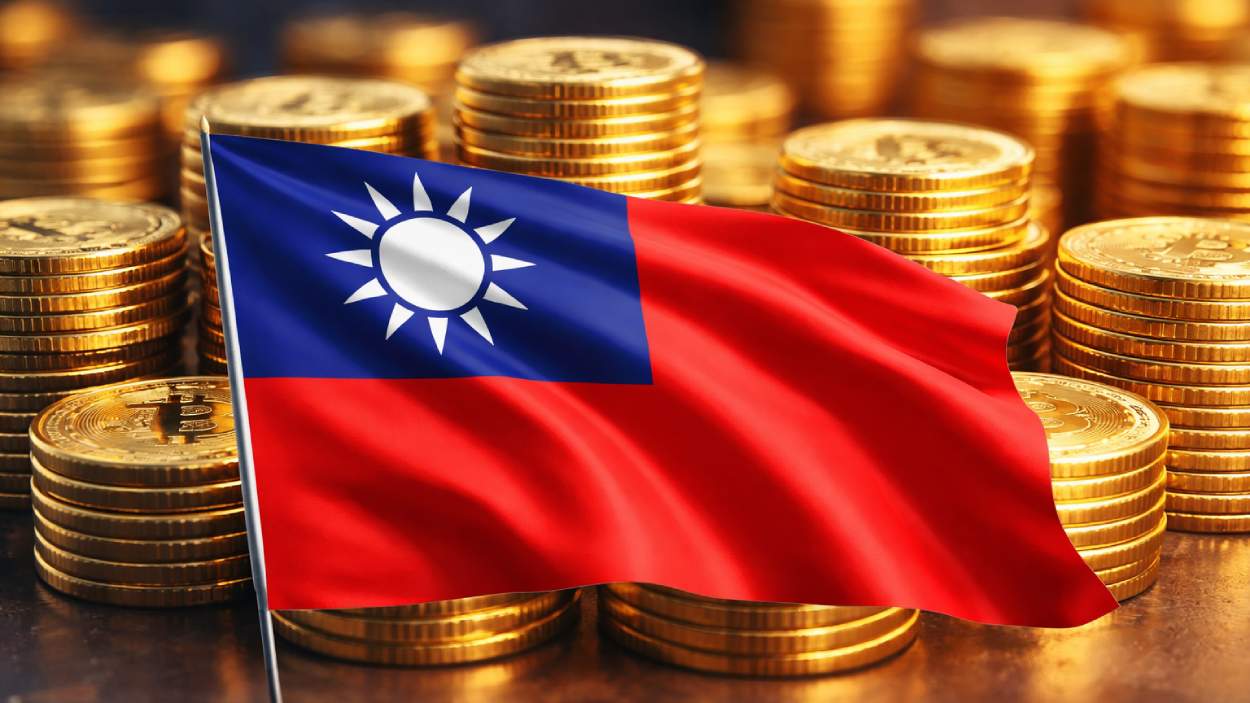Hong Kong is taking a big step to globalize its crypto market by allowing local platforms to tap into international liquidity.
Key Takeaways
- Hong Kong’s SFC now allows licensed crypto platforms to share order books with overseas affiliates.
- New rules permit trading of tokenised securities and regulated stablecoins.
- Cross-border transactions require safeguards including prefunding and delivery-versus-payment.
- The policy shift is part of the ASPIRe roadmap aimed at global market integration.
What Happened?
During the 2025 Hong Kong FinTech Week, the Securities and Futures Commission (SFC) announced sweeping changes to its crypto market framework. These reforms allow licensed Virtual Asset Trading Platforms (VATPs) to access global order books and expand their offerings to include tokenised securities and certain stablecoins. This marks a significant evolution from the previous closed-loop model that confined trading activity within Hong Kong.
🇭🇰Hong Kong opens the door to global crypto liquidity.
— CryptoPotato Official (@Crypto_Potato) November 3, 2025
The SFC will now let licensed exchanges share global order books with overseas platforms — a major shift from its closed, pre-funded model.
Goal: boost liquidity, price discovery, and competitiveness as the city doubles… pic.twitter.com/VQBkZFuWVC
Hong Kong’s Move to Global Crypto Liquidity
In a landmark policy update, the SFC will now permit Hong Kong-licensed crypto exchanges to integrate their order books with affiliated overseas platforms. This strategic shift is part of Pillar A (Access) under the city’s ASPIRe roadmap, which focuses on unlocking global liquidity to increase market efficiency and attract institutional players.
- This change allows for tighter spreads and better price discovery for investors.
- It introduces a cross-border model while maintaining regulatory oversight.
- Global affiliates must be from jurisdictions compliant with FATF and IOSCO standards.
SFC CEO Julia Leung explained that while the original model ensured maximum local investor protection, global liquidity is essential to keep pace with international financial markets. The shift is designed to replicate the global order book model already common in traditional forex trading.
Building Guardrails for Safer Trading
Despite the liberalization, the SFC is putting strong safeguards in place:
- All cross-border transactions must be prefunded on overseas platforms.
- Settlements will be processed via delivery-versus-payment.
- Locally licensed platforms must establish compensation reserves in Hong Kong.
- Overseas affiliates will participate in joint surveillance to prevent market manipulation.
These protective measures ensure that investor security remains central to the new open model.
Expanded Digital Asset Offerings
Alongside market access changes, the SFC has also broadened the types of digital assets that can be offered:
- VATPs can now list tokenised securities and other investment products.
- The previous 12-month track record requirement is waived for Hong Kong Monetary Authority-regulated stablecoins, though only for professional investors.
- Licensed brokers will eventually be able to route client orders to regulated overseas liquidity pools.
This expansion reflects the regulator’s aim to align crypto oversight with traditional market standards while encouraging innovation.
Hong Kong’s Push for Global Competitiveness
These moves are designed to reposition Hong Kong as a leading digital asset hub. Julia Leung acknowledged the city had fallen behind hubs like the US due to strict regulations, but emphasized that balanced deregulation is now possible thanks to improved investor protection mechanisms.
The reforms may pave the way for major international crypto exchanges to enter the market more easily, potentially through broker licenses rather than full VATP licenses. This could significantly reduce barriers for global players looking to operate in Hong Kong.
CoinLaw’s Takeaway
In my experience, regulatory clarity is what makes or breaks a crypto hub. What Hong Kong is doing now is not just opening its doors to global liquidity, it is building a doorway with guardrails. I found it impressive how the SFC is threading the needle between market growth and investor protection. By mimicking global standards and making it easier for institutions to participate, they are future-proofing their crypto ecosystem.

























































